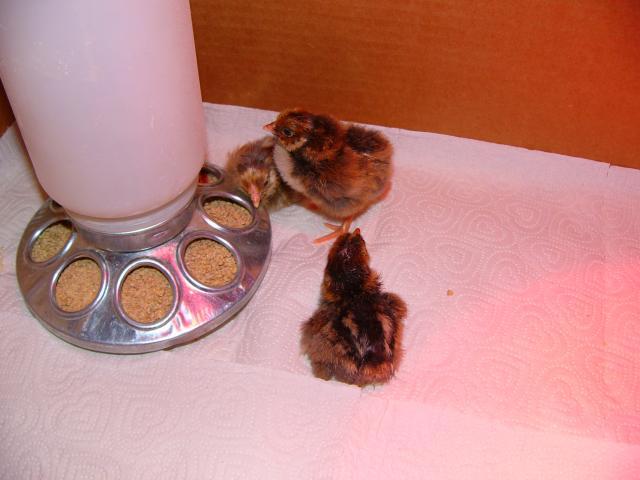This is from another post:
Submitted by Rob on June 22, 2008 11:56 pm
The following methods will describe the Salt calibration method; you only need to perform the high test to have a fairly close reading. I am a perfectionist so I will provide you with an optional second step for the most accurate calibration.
Salt Method Calibration (High Reading):
Place Morton Canning salt (a few tablespoons worth) in a small mug, glass, or container and mix in some distilled water. Make sure you do not dissolve the salt. The desired result should be a sludgy, gooey, semi-solid mixture.
Place this mixture inside a zip lock bag (I prefer sliding lock to ensure complete closure) with your hygrometer inside. Make sure the hygrometer is facing up (so you can read it) and that no water or mixture comes in contact with the meter (this will throw off readings). Now seal this zip lock bag with an even larger bag to ensure that no additional air may enter in.
The proper stabilization time of this mixture will take approximately 12 hours. At this point your hygrometer should read in the 75% range. I would perform this test various times to get the average, and use this as the tuning number. (Ex: 70% = 5 points, 74% = 1 point, 72% = 3 points. 9/3=3. Adjust by 3 percent.) If your hygrometer allows tuning it is usually done by turning the screw on the back with a small screwdriver.
You are now ready to use it to measure your humidity! Unless you want to know how exact it really is
The Low Calibration:
We are going to follow the exact same steps as above, however this time we are going to use something called Magnesium Chloride Flakes (
eBay this). The flakes are inexpensive and when mixed with distilled water (the same sludge) it creates a constant humidity of 33%.
Calibration of your hygrometer should happen twice a year.
Why Does This Work: The mixture of Salt and distilled water and Magnesium Chloride and distilled water has a fixed vapor. The vapor will create a constant humidity regardless of the amount of mixture if the mixture still remains a solid. Temperature plays the minutest role in the amount of humidity created; over a 25 degree window of 60-85 degrees (F) the change is .xx % in the reading of 75.xx %.






 I hope..that or their blue orps what do you think?
I hope..that or their blue orps what do you think?


